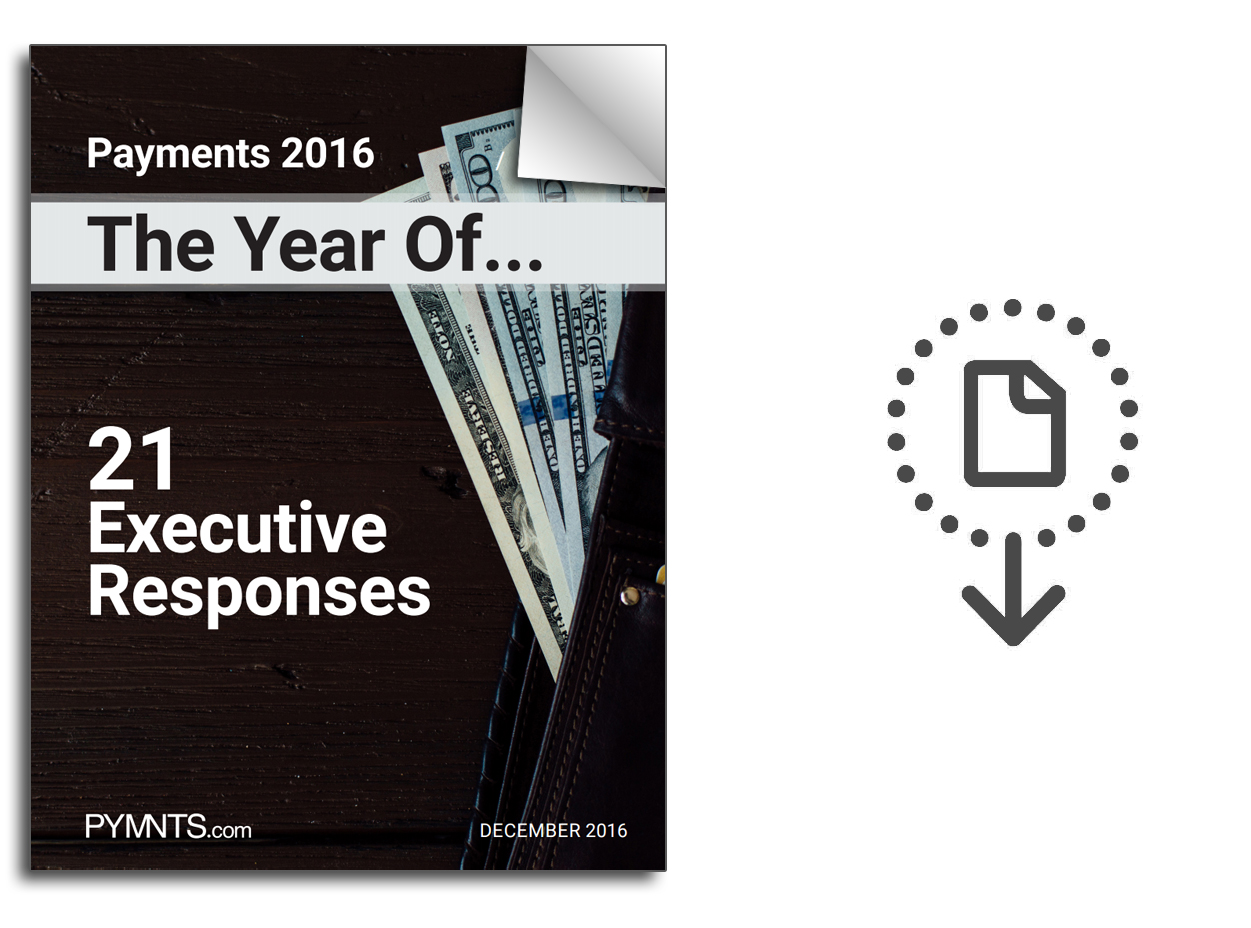Payments 2016: The Year Of “Hesitation”

PYMNTS consulted 21 payments executives from across the industry to share their insights on the biggest takeaways from 2016 as part of the “Payments 2016, The Year Of …” eBook. We posed the same question to each executive:
If you had to answer the question, Payments was the year of …, how would you answer, and how does your answer change your world — and the world of payments, more broadly?
Here is the response from Anthony Walton, CEO and founder of Iliad Solutions …
Payments 2016: The Year Of “Hesitation”
Have we ever, in the payments industry, been at such a point when we have more initiatives that are good to go and yet it’s generally not easier to pay at all? We are balancing the needs of:
- Convenience and speed against trust and security
- Initiative vs. the reality rollout
- Choice vs. ubiquity
I’ve got more digital wallets than credit cards. Which isn’t great because every time I go for a meal, I have to take the card anyway because I don’t know if the restaurant will let me pay on my phone. We see technology proven in mature markets such as in the U.K., with its initiative for immediate payments, being seen as unfathomable in others and Money20/20 attendees being asked if they “believe” immediate payments could actually become a reality.
EMV is still struggling to win fans in the U.S. due to the time the card sits in the machine slowing down the line. Enter faster EMV with more cost and arbitrary recertification processes to speed things up and slow adoption at the same time.
It’s not technology that is holding us up. It’s how we implement it. How we “assume” what customers want as the payment industry and then how we shake our heads in disbelief when people won’t adopt it in the way we want. As an industry, are we providing solutions and then looking for problems? I’ve read 10 books on blockchain this year, so I rest my case.
Maybe people don’t care how they pay as much as we think they do. Maybe they just want to pay, like I do when I can’t get a waiter’s attention and I’m in a rush.
Genuinely useful immediate payments are proven yet painfully slow to get international acceptance. I don’t anticipate consumers ticking the “Yes, I would prefer to wait 3-5 working days” option box once offered a choice. Other than cajoling banks with legislation, is there another way to get them to share their consumers’ enthusiasm and spend some of their cash on getting their legacy systems to doing something else they were never engineered to do? It has to give, though. Millennials (and I use this term with caution) aren’t very tolerant of “lame” technology. And waiting five days and paying fees to move your own money is pretty lame.
Change is coming, and it reminds me of the early days of the internet. Everyone in the industry knew how it worked, but no one outside did or cared — until someone bundled it up and came up with usable browsers and content people wanted. Then it took off like a rocket.
Unlike the internet, however, a lot of the payments industry is built on 30 years of legacy systems that it still believes it can modify just one more time before biting the bullet and investing in something better. When the disruptors get their act together and do something really different, a new rocket will take off. Payments will be part of it, but perhaps not in the way we think it will.
Regulation must catch up. I shuddered when I read the European Banking Authority’s proposals for “strong” authentication of transactions over €10. Blunt, one-size-fits-all restrictions aren’t the way forward. I might be willing accept some risk to process 1,000 customers in 10 percent of the time. Legislation needs to be based on how things work today, not on how they used to work.
I’m not convinced 2017 is soon enough to see a step change in the payments industry, but change often comes from unexpected directions at unexpected times.
. . . . . . . . . . . . . .

